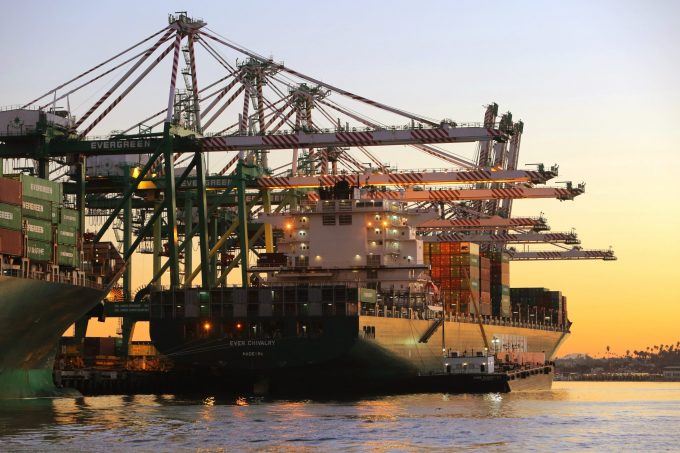No place to hide for container shipping investors as Q2 earnings calls loom
Clouds gathering

To take advantage of skyrocketing freight rates, liner operators added 23 transpacific services between July 2020 and last month, boosting nominal capacity by 33%, according to the Shanghai Shipping Exchange.
In July 2020, global container shipping capacity stood at 23.8m teu, the transpacific accounting for 3.74m ...

Comment on this article